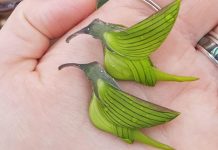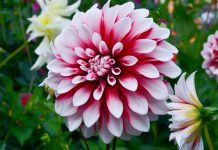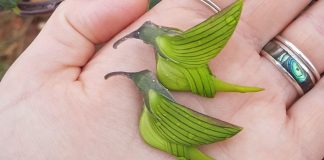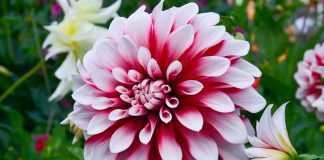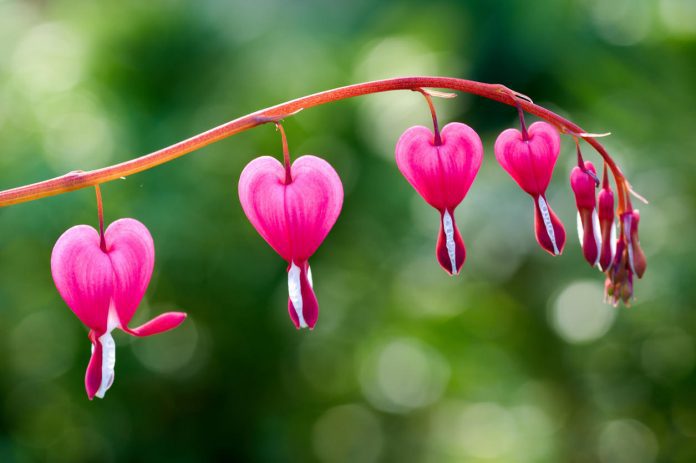
Introduction to the Bleeding Heart Flowers
The bleeding heart flower, also known as Lamprocapnos spectabilis, is a beautiful and delicate perennial plant native to East Asia. It is known for its unique heart-shaped flowers that hang from long, arching stems. The flowers are typically pink, red, or white and bloom in spring and early summer.
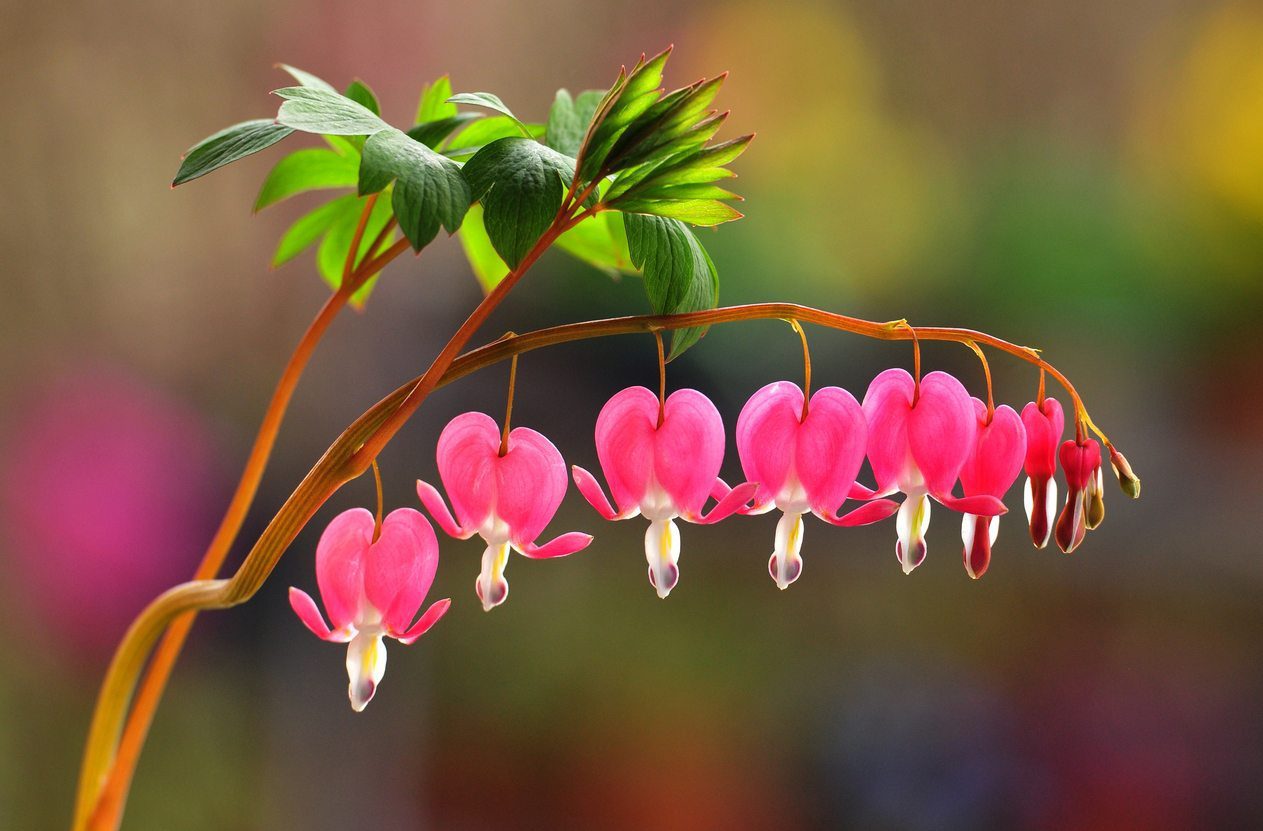
Botanical Description
Lamprocapnos spectabilis is a herbaceous plant that grows to a height of about 1-2 feet. It has finely divided leaves that are a pale green color and grow in a fern-like pattern. The plant has a woody root system that allows it to overwinter in cold climates.
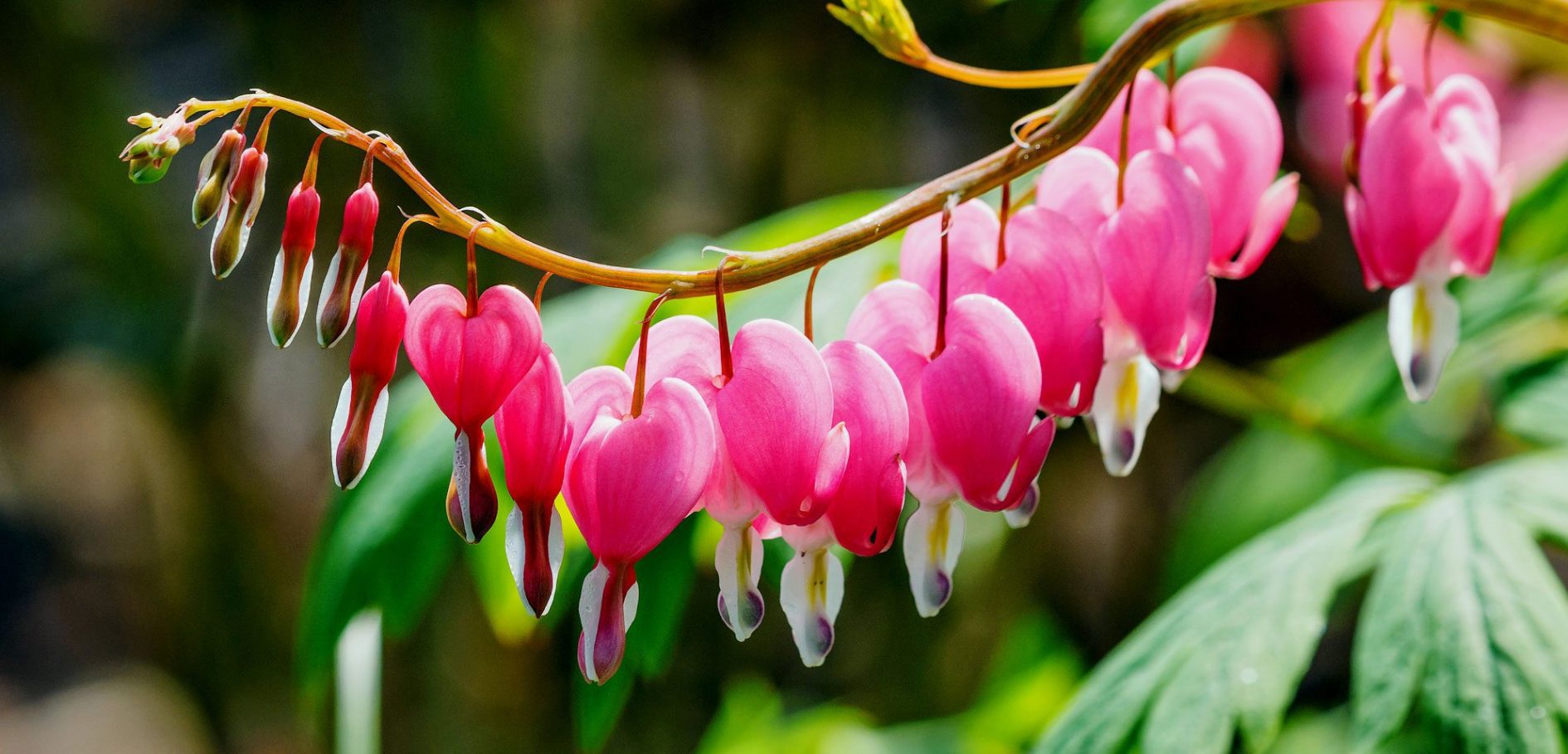
The most striking feature of the bleeding heart plant is its flowers. The flowers are shaped like hearts and hang from long, arching stems. Each flower has two outer petals that form the “heart” shape and two inner petals that are smaller and more pointed.
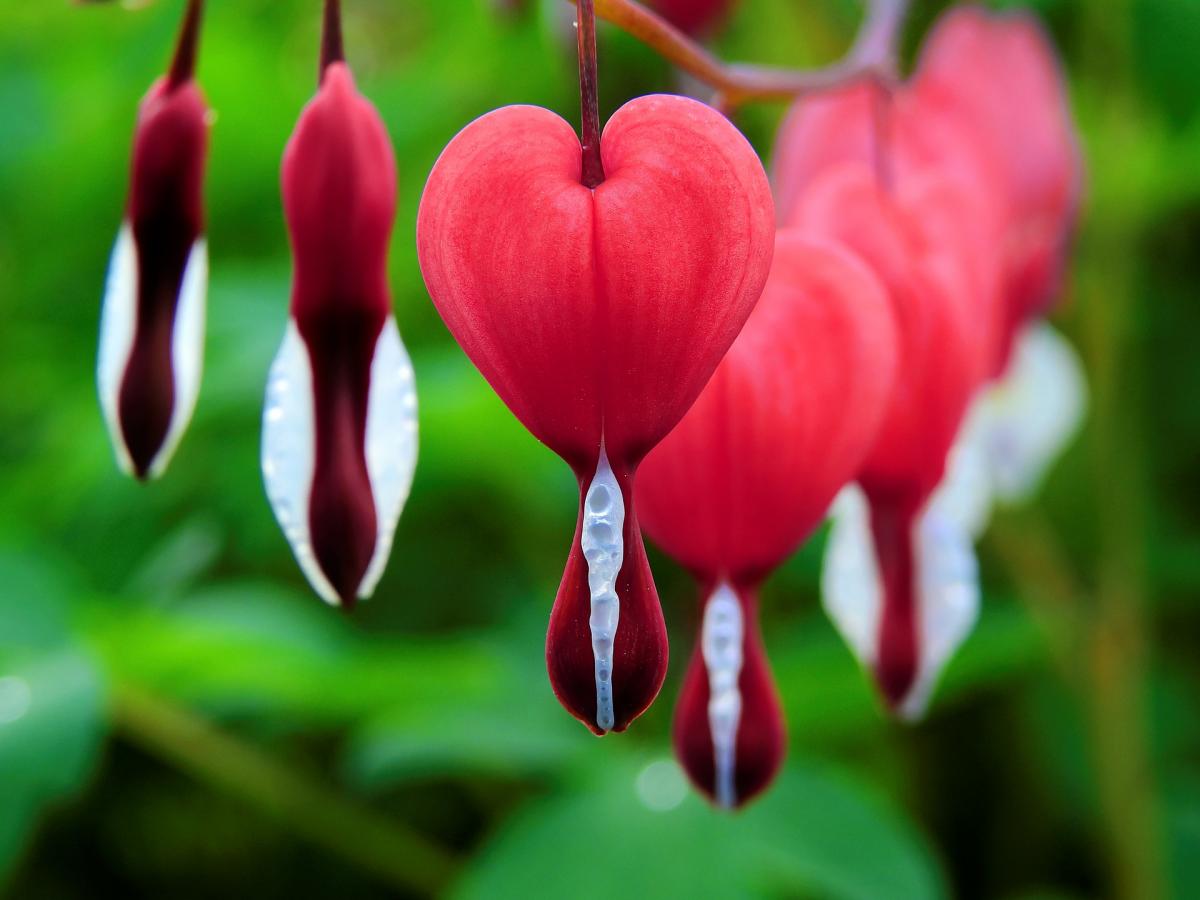
The flowers are typically pink, red, or white, and they are often double-flowered, with extra petals giving them a full, fluffy appearance.
The bleeding heart plant also produces small, seed-like pods that contain the plant’s seeds. These pods are green when they first form and turn brown as they mature.

Cultural Significance
In many cultures, the bleeding heart flower is seen as a symbol of love, affection, and loyalty. It is often given as a gift to express these emotions and is frequently used in bouquets and arrangements for special occasions such as weddings, anniversaries, and Valentine’s Day.
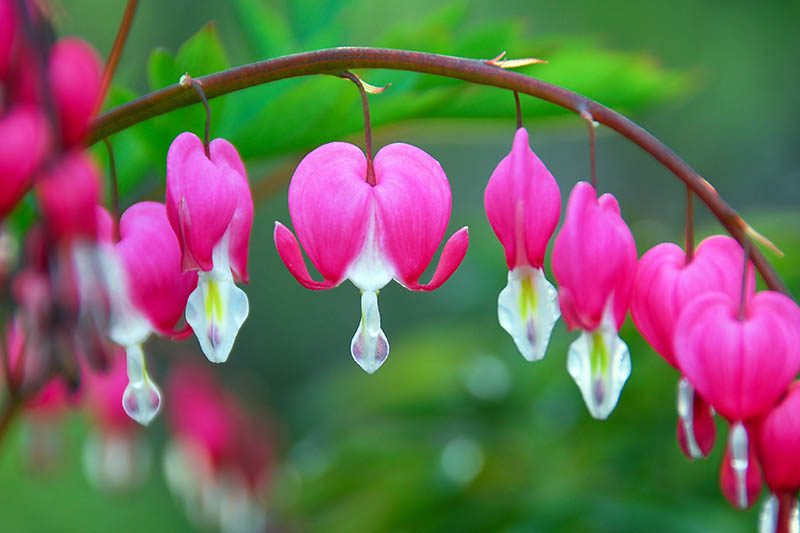
In Japan, the bleeding heart plant is known as the “lady in a boat” due to the shape of the flowers, which are said to resemble a woman sitting in a small boat. The plant is considered a symbol of good fortune and is often grown in gardens and given as gifts to celebrate special occasions.
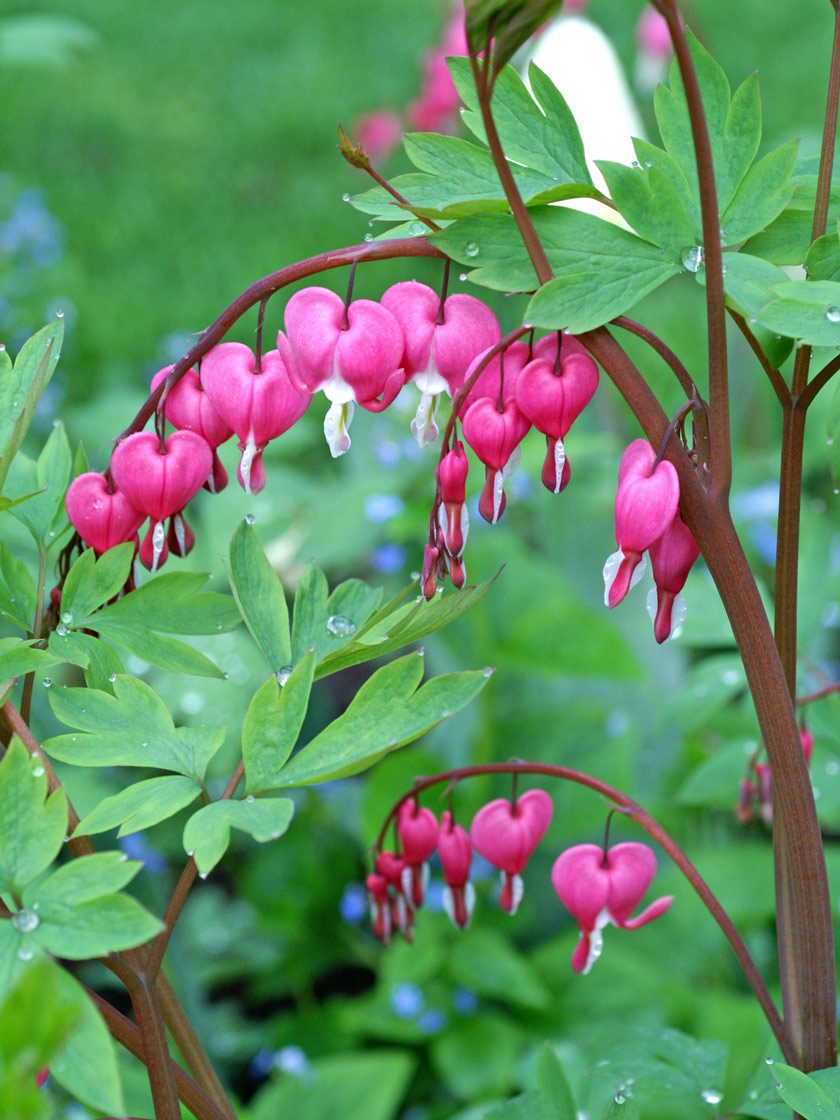
Growing and Care
The bleeding heart plant is relatively easy to grow and care for, making it a popular choice for home gardens. It prefers moist, well-drained soil and grows best in partial shade. It is a hardy plant that can tolerate cold temperatures, but it should be protected from prolonged exposure to direct sunlight, as this can cause the flowers to fade.
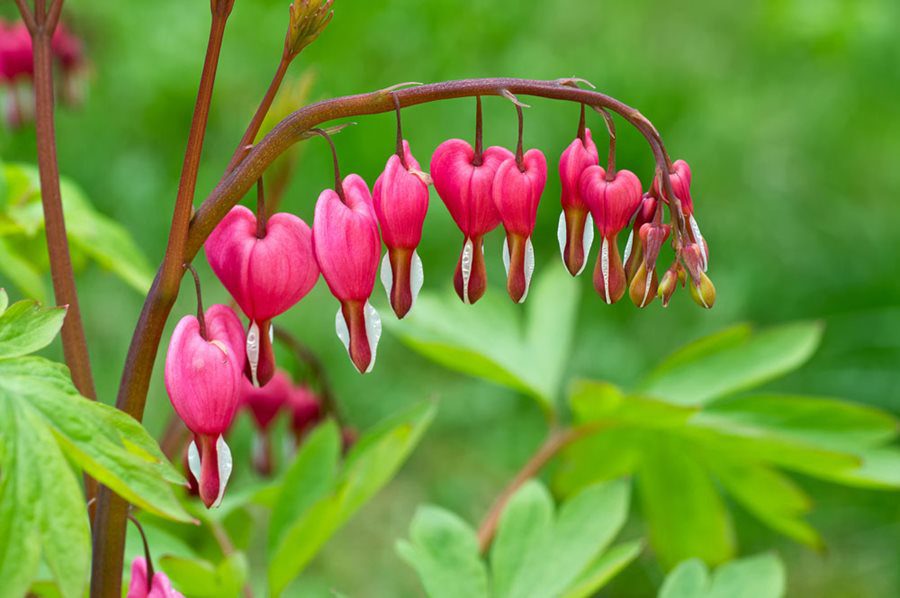
To promote healthy growth and abundant blooms, the bleeding heart plant should be fertilized every two to three weeks during the growing season. It is also important to regularly water the plant, especially during dry spells, to ensure that the soil stays moist.
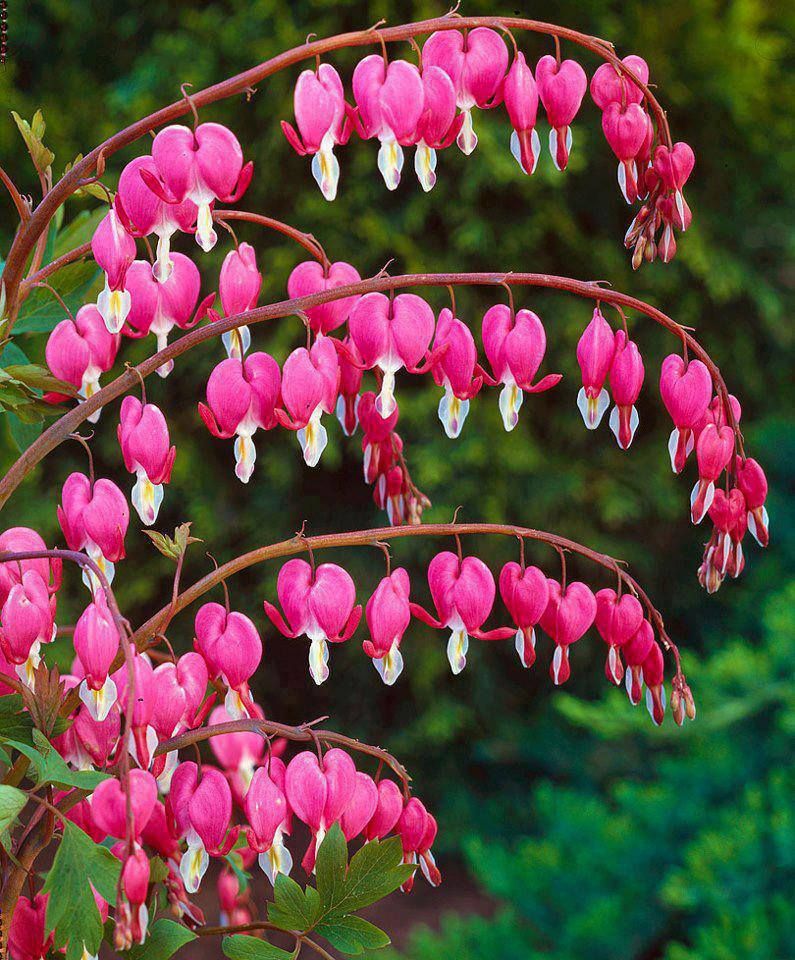
The bleeding heart plant tends to go dormant in the summer and fall, during which time the foliage will die back. This is a natural part of the plant’s life cycle and should not be cause for concern. To help the plant overwinter successfully, it is important to provide it with a layer of mulch to protect the roots from extreme cold.
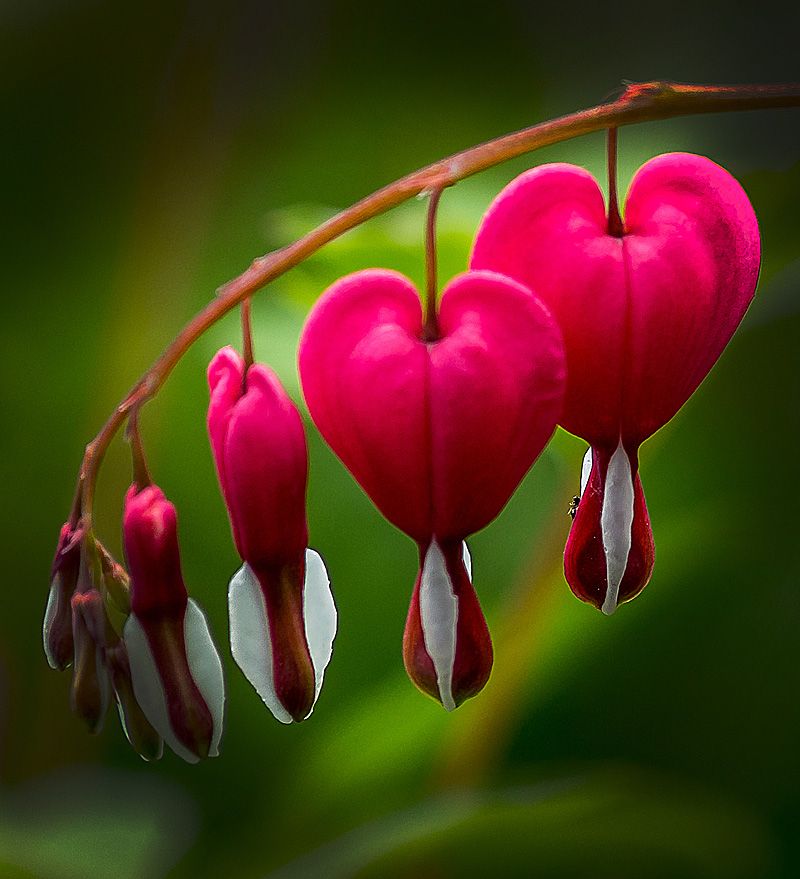
The Different Colors Of The Bleeding Heart Flower
Bleeding heart flowers come in a variety of colors, including:
- Pink: Pink is the most common color for bleeding heart flowers, and it can range from pale to deep pink shades.
- Red: Some varieties of bleeding heart flowers have red flowers, which can be a vibrant or more muted shade.
- White: Some bleeding heart plants have white flowers, which can add a delicate, elegant touch to the garden.
- Purple: Some varieties of bleeding heart flowers have purple flowers, which can be a rich, regal shade.
- Yellow: While less common, there are also varieties of bleeding heart flowers that have yellow flowers. These tend to be rare and may be harder to find.
It’s worth noting that the color of bleeding heart flowers can vary somewhat depending on the variety and the growing conditions. Some bleeding heart plants may produce flowers in multiple colors or have flowers that change color as they mature.

Pests and Diseases
The bleeding heart plant is relatively resistant to pests and diseases but can be prone to certain issues. One common problem is root rot caused by overwatering or poor drainage. To prevent this, it is important to plant the bleeding heart in well-draining soil and to avoid over-watering.
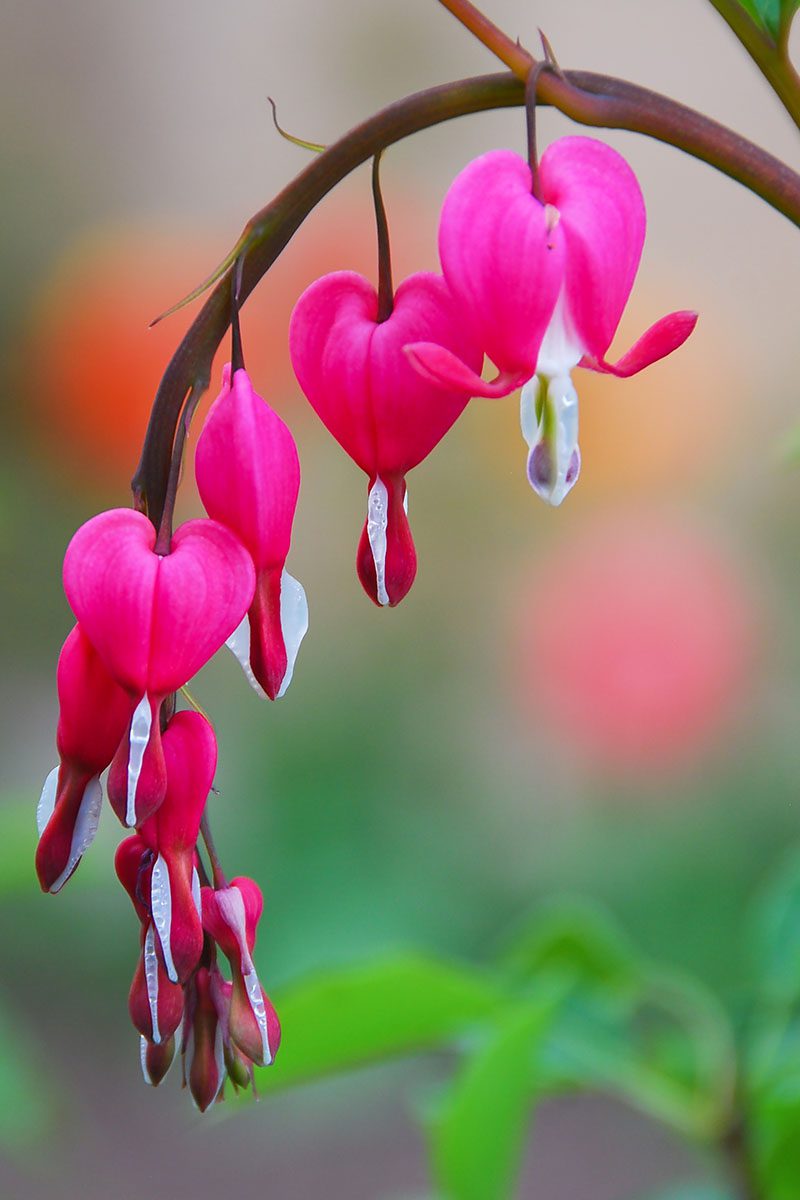
Another issue that may affect the bleeding heart plant is powdery mildew, a fungal disease that causes white, powdery spots on the leaves and stems. This can be treated by applying a fungicide or by removing and destroying infected plant parts.
Types of bleeding heart flowers
- Lamprocapnos spectabilis (common bleeding heart): This is the most well-known and widely cultivated bleeding heart type. It is native to East Asia and is characterized by its heart-shaped flowers that hang from long, arching stems. The flowers are typically pink, red, or white and bloom in the spring and early summer.
- Dicentra eximia (fringed bleeding heart): This type of bleeding heart is native to the eastern United States and is characterized by its small, fringed flowers that are typically pink or purple in color. It blooms in the spring and prefers partial shade and moist, well-drained soil.
- Dicentra formosa (Pacific bleeding heart): This type of bleeding heart is native to the Pacific Northwest region of the United States and is characterized by its pink or purple flowers that bloom in the spring and early summer. It prefers partial shade and moist, well-drained soil.
- Dicentra spectabilis (old-fashioned bleeding heart): This is a popular cultivar of the common bleeding heart (Lamprocapnos spectabilis) and is characterized by its large, pink, or white flowers that bloom in the spring and early summer. It prefers partial shade and moist, well-drained soil.
- Dicentra peregrina (wild bleeding heart): This type of bleeding heart is native to Europe and is characterized by its small, pink, or purple flowers that bloom in the spring and early summer. It prefers partial shade and moist, well-drained soil.
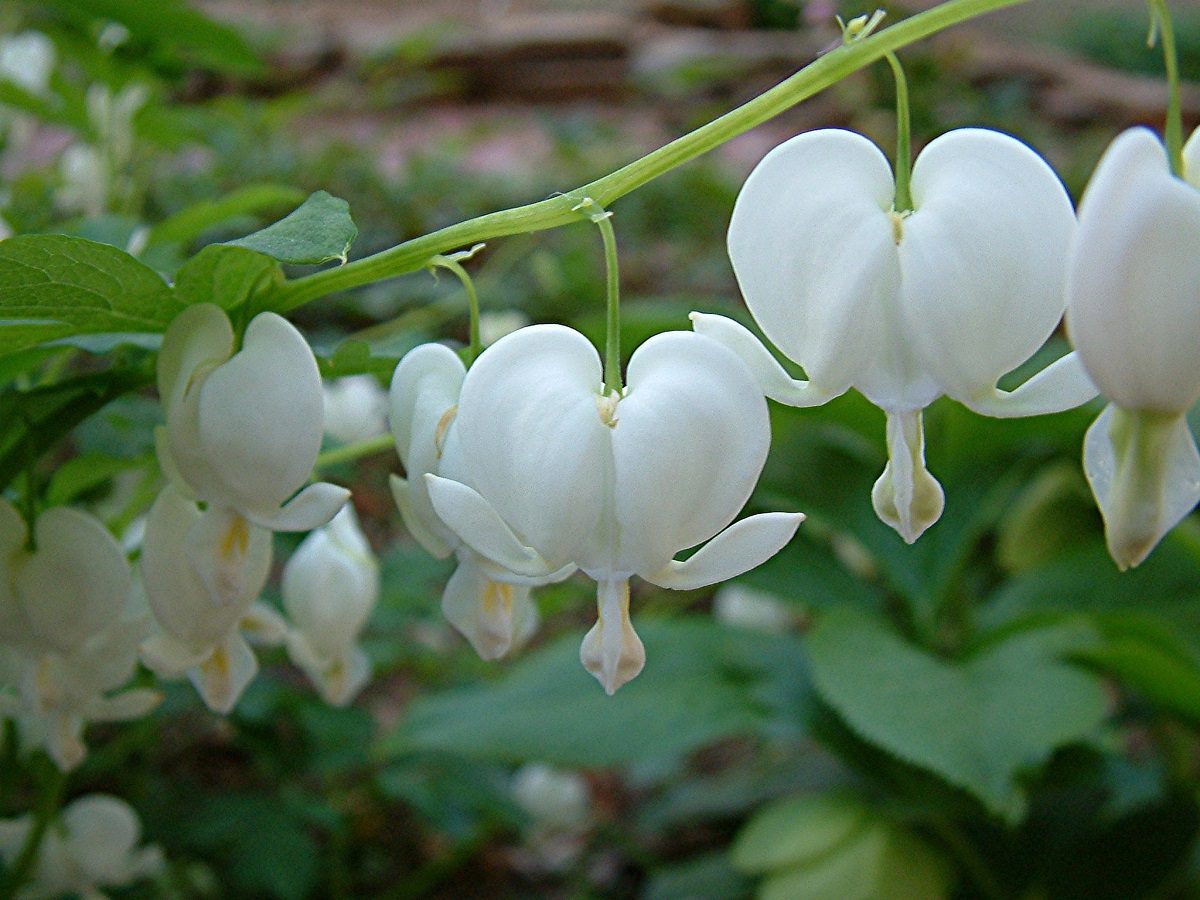
Guide on how to grow bleeding heart flowers
- Choose a location in your garden that gets partial shade and has well-draining soil. Bleeding heart plants prefer moist, well-draining soil and will not thrive in overly wet or dry conditions.
- Plant bleeding heart seeds or seedlings in the spring or early fall. If planting seeds, be sure to follow the instructions on the seed packet for proper planting depth and spacing.
- Water the bleeding heart plants regularly, especially during dry spells, to ensure that the soil stays moist. Avoid over-watering, as this can lead to root rot.
- Fertilize the bleeding heart plants every two to three weeks during the growing season with a balanced, water-soluble fertilizer. Follow the instructions on the fertilizer label for proper application rates.
- Protect the bleeding heart plants from extreme cold in the winter by mulching around the base of the plants. This will help to insulate the roots and prevent freezing.
- Prune the bleeding heart plants in the late fall or early spring to remove any dead or damaged growth. This will help to keep the plants looking neat and healthy.
- Watch for pests and diseases, such as root rot and powdery mildew, and take appropriate action if necessary. This may include applying a fungicide or removing and destroying infected plant parts.
Enjoy the beautiful, heart-shaped flowers of your bleeding heart plants as they bloom in the spring and early summer.







































